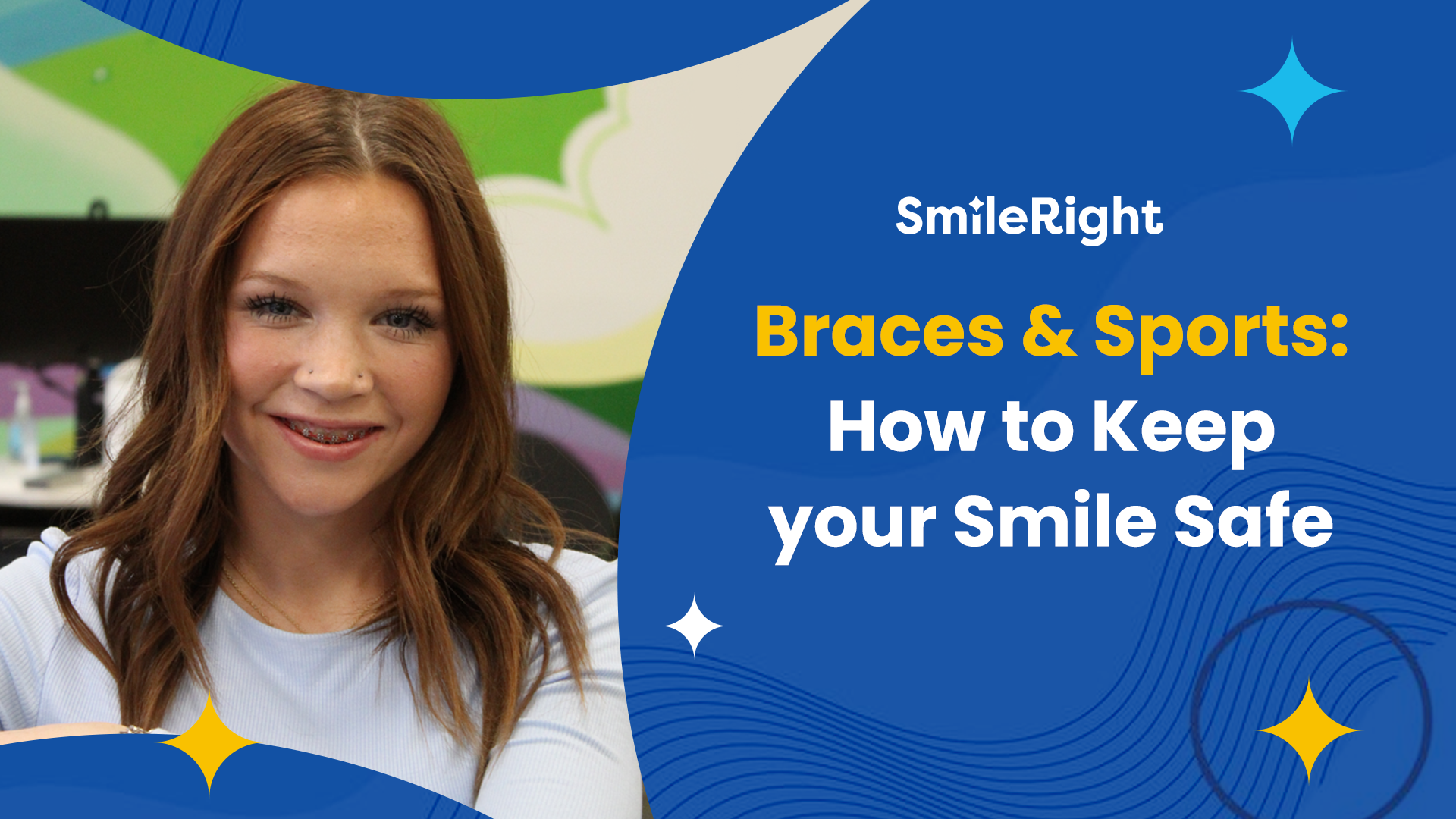How Long Do You Need to Wear Metal Braces? 6 Factors That Affect Your Treatment Timeline

Source: Dr. Marketing
Metal braces are one of the most reliable and effective orthodontic treatments available for straightening teeth and correcting bite issues. However, a common question many patients ask before beginning treatment is, "How long will I need to wear metal braces?"
The answer to this question is not one-size-fits-all. The duration of your treatment depends on several factors, including the complexity of your case, the type of issues being corrected, and how closely you follow your orthodontist’s instructions. In this blog post, we’ll dive into the factors that affect how long you need to wear metal braces and what you can do to ensure a smooth and efficient treatment process.
The Complexity of Your Case

One of the primary factors that determine how long you’ll need to wear metal braces is the complexity of your orthodontic issues. Some patients only need minor adjustments to fix crooked teeth, while others may require more extensive treatment to address significant bite issues or severe misalignment.
Common Orthodontic Issues
- Crowded or Crooked Teeth: If you have mildly crooked or crowded teeth, your treatment time may be shorter, typically ranging from 12 to 18 months. However, if your teeth are severely misaligned or overcrowded, it can take longer to achieve the desired results.
- Overbite, Underbite, or Crossbite: Bite issues often require more time to correct because they involve adjusting the jaw’s position in addition to straightening teeth. Depending on the severity of the bite problem, treatment may last 18 to 24 months or more.
- Gaps Between Teeth: Closing gaps between teeth can take anywhere from a few months to over a year, depending on the size and number of gaps.
In general, the more complex the case, the longer you’ll need to wear metal braces. Our orthodontist at SmileRight in Houston will assess your specific needs during your initial consultation and give you an estimate of your treatment timeline.
Age and Bone Density

Your age plays a role in how long you will need to wear metal braces. In children and teenagers, the jawbones are still developing, which can make it easier and faster to move teeth into their correct positions. For younger patients, treatment time often ranges from 18 to 24 months.
Adults, on the other hand, may experience slightly longer treatment times due to their fully developed bone structure. The bones of the jaw are denser in adults, which means teeth may move more slowly compared to children or teenagers. For adult patients, treatment with metal braces can take anywhere from 18 months to 3 years, depending on the severity of the case.
Despite this, it is important to remember that metal braces are highly effective at any age, and many adults achieve excellent results, even if their treatment takes a little longer.
Type and Severity of Tooth Movement

The type of tooth movement required also affects the length of time you will need to wear braces. Some movements are quicker to achieve, while others may require more time and careful adjustments.
Types of Tooth Movements
- Simple Tooth Rotation: If your treatment involves rotating a tooth to align it properly, this may be accomplished relatively quickly, as long as the misalignment is mild.
- Vertical Tooth Movement: Adjusting teeth that are too high or too low in the gumline can take longer than moving them horizontally. This is because vertical movement requires more controlled force over time.
- Shifting Teeth Back or Forward: Moving teeth forward or backward in the jaw, often needed for correcting overbites or underbites, can be more complex and may extend the treatment time.
Adherence to Orthodontist’s Instructions

How well you follow your orthodontist’s instructions can have a significant impact on your treatment timeline. Failure to stick to our orthodontist’s guidelines can result in delays, complications, or even the need for additional time in braces.
Key Areas to Focus On
- Attending Regular Appointments: Regular adjustments are crucial for keeping your treatment on track. During these appointments, your orthodontist will tighten the wires, adjust brackets, and ensure that your teeth are moving as planned. Missing appointments can slow down progress and extend your treatment time.
- Proper Oral Hygiene: Good oral hygiene is critical while wearing braces. Failing to clean your teeth and braces properly can lead to cavities, gum disease, and other issues that may disrupt treatment. In some cases, dental problems caused by poor oral hygiene may require additional treatment before you can continue with your braces, lengthening your overall timeline.
- Avoiding Food Restrictions: Certain foods, like hard candies, popcorn, and sticky snacks, can damage your braces or cause brackets to come loose. If this happens, you will need to visit our practice in Houston, Texas for repairs, which can delay your progress. Sticking to the recommended foods will help you avoid unnecessary setbacks.
Use of Rubber Bands or Other Appliances

In many cases, orthodontic treatment with metal braces also involves the use of rubber bands, headgear, or other appliances to assist with bite correction. Rubber bands, for example, are often used to apply additional pressure to adjust the alignment of your bite. Wearing these appliances as instructed is crucial for achieving the best results.
If our orthodontist at SmileRight prescribes rubber bands or other devices, it’s important to wear them consistently. Failure to wear them as directed can significantly delay your treatment. On the other hand, following our orthodontist’s instructions carefully can keep your treatment moving forward efficiently and may even shorten your time in braces.
Your Individual Biology

Everyone’s teeth and gums respond to treatment differently, which means that some people’s teeth will move faster than others. Your body’s natural biological response to the pressure exerted by the braces can affect how long it takes to achieve the desired results.
For example, people with denser bone structure may experience slower tooth movement, while those with less dense bone may see quicker results. Although this is not something you can control, it is helpful to keep in mind that individual differences in biology can influence your treatment timeline.
Retainers and Post-Braces Care

While the active phase of wearing braces typically lasts between 18 and 36 months, the treatment does not end when your braces come off. To maintain your newly straightened teeth, you will need to wear a retainer as instructed by our orthodontist. Retainers help ensure that your teeth stay in their new positions, preventing them from shifting back over time.
Failing to wear your retainer as directed could undo the progress made during your time in braces, and you may require further orthodontic treatment to correct any relapse.
Patience Leads to a Perfect Smile

The length of time you will need to wear metal braces depends on several factors, including the complexity of your case, your age, the type of tooth movement required, and how well you follow your orthodontist’s instructions. While it can take anywhere from 18 months to 3 years to complete treatment, the results—a straight, healthy smile—are well worth the wait.
At SmileRight in Houston, Texas, we work closely with each patient to develop a customized treatment plan designed to deliver the best possible results in the shortest amount of time. If you are considering metal braces or want to learn more about your treatment options, contact us at (281) 699-0234 or request an appointment online today.
Let’s get started on your journey to a beautiful smile!



